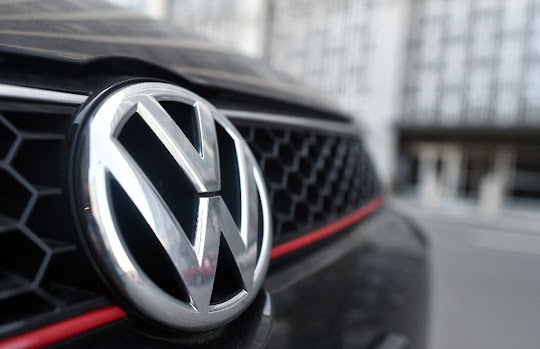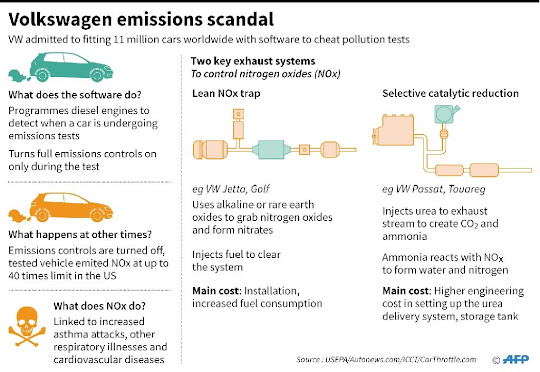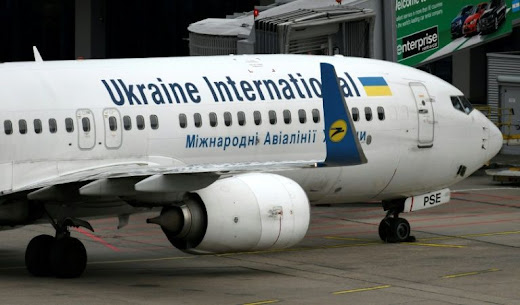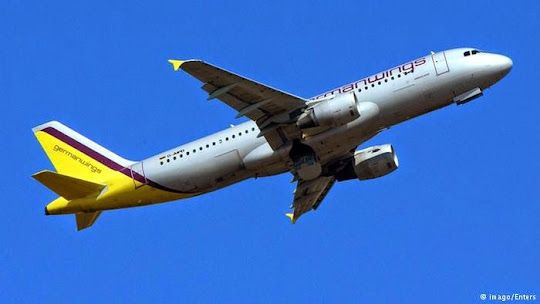Experiments
gauge how British pedestrians and motorists react to pioneering Dutch-style bike
infrastructure
The Guardian, Peter Walker, Monday 26 August 2013
 |
| The Transport Research Laboratory, near Bracknell, Berkshire, tests a Dutch-style roundabout. Photograph: Graham Turner for the Guardian |
It is a
sunny morning in the Berkshire woodland and a small group of men and women
clutching clipboards are lurking behind trees or amid the ferns, looking alert
and expectant. Then the object of their attention comes into view: not a shy
songbird or a rare mammal, but a cyclist clad in a fluorescent bib.
Followed
closely by a small car, the rider stops by traffic lights at a road junction
set somewhat incongruously amid the trees. Another bike-and-car duo rolls into
view at the other side. The various lights turn green, and everyone heads
cautiously on their way.
This is the
test ground of the Transport Research Laboratory (TRL) near Bracknell, and the
closely watched traffic flows are part of a pioneering project that could
fundamentally change Britain's inner cities over the next few decades.
TRL,
formerly part of the Department for Transport but now a world-leading independent
research group, is conducting a £4m test programme for Transport for London
(TfL) to see how Dutch-style cycling infrastructure, such as segregated lanes
and cyclist-priority roundabouts, can be adapted to British road conditions.
Work has
already begun to reshape some London roads and junctions, part of a grandiose£900m plan unveiled by Boris Johnson earlier this year. Campaigners hope other
areas could follow suit, tilting life in urban Britain away from decades of car
dominance.
The trial
being observed that morning was for low-level, cycle-specific traffic lights
set a couple of metres forward from those for cars, keeping riders ahead and
visible. When they are introduced, the cyclists' lights will probably turn
green a few seconds earlier than the standard traffic lights, giving riders a
head start. Participants receive minimal information about what to expect and
the TRL researchers keep out of view, hence the hiding amid the shrubbery.
Elsewhere
on the vast TRL campus, a series of other bike-friendly layouts are being
tested, including a "bus bypass", which places bus stops safely out
of cycle lanes, a bike lane separated by intermittent "armadillo"
reflective humps rather than a kerb, and, most ambitiously of all, a Dutch-style roundabout with a segregated gyratory flow for bikes. There is also a computer
simulator in which people "drive" a real car around a bike-filled
cityscape projected on to surround screens. The scheme has already used 2,500
paid testers and is seeking more all the time.
Such
extensive testing is necessary, not least because innovations need regulatory
approval, said Dana Skelley, director of roads for TfL. "Pretty much
everything here is a layout that we're not permitted to have on national roads
under the current legislation. We realised that if we wanted to attract more
people to cycle, more safely and more often, it was necessary to create a more
cycle-friendly environment, and we looked towards Europe for that."
Domestic
road users were generally not familiar with all this, she added: "Just
because it works in Europe doesn't mean it's going to be OK. We needed to
understand how British drivers understand these new road layouts and how they
behave."
This is
particularly the case with the roundabout, where drivers have to learn that the
circular flow of cyclists has priority, not only over vehicles joining the
system, but those turning to exit.
Commenting
on the first tests, Peter Vermaat, a TRL engineer, said: "The drivers
don't really know what to do, so generally they give way to the cyclists. We've
had some sudden braking a couple of times, but nothing worse."
The test
site is the physical manifestation of a long-running campaign by cycle groups
for infrastructure that is not just well designed but sufficiently continuous
to tempt a wider range of cyclists – children, or older people, especially
women – on to urban streets.
The message
of the London Cycling Campaign's Love London, Go Dutch project seemed to have
been absorbed, said Mike Cavenett from the group. "I always liken TfL to
one of those enormous oil tankers. It's a big, £7bn beast with thousands of
employees and it takes time to turn around. But it is turning. There is a
change in attitudes."
He added:
"I think TfL are realising that. There is still inertia, and some elements
are still deeply conservative about the changes. But other elements get
it."
While some
Dutch-style infrastructure will arrive soon – a new section of London's previously criticised cycle superhighways is being built with segregation and
redesigned junctions – other innovations could prove more problematic.
Chris Peck,
from the national cycling organisation CTC, argues that Dutch-style roundabouts
are reliant on traffic flows much lower than the 50,000 vehicles a day seen on
some roads in inner London. "That's far beyond the advised capacity for a
Dutch roundabout. It's far too high to allow priority over side roads," he
said. "If you had a platoon of cyclists coming all at once, which tends to
be how traffic moves, and they have priority over traffic trying to get off the
roundabout, that could lock up the roundabout very quickly. They will only work
along with measures to reduce motorised traffic."















